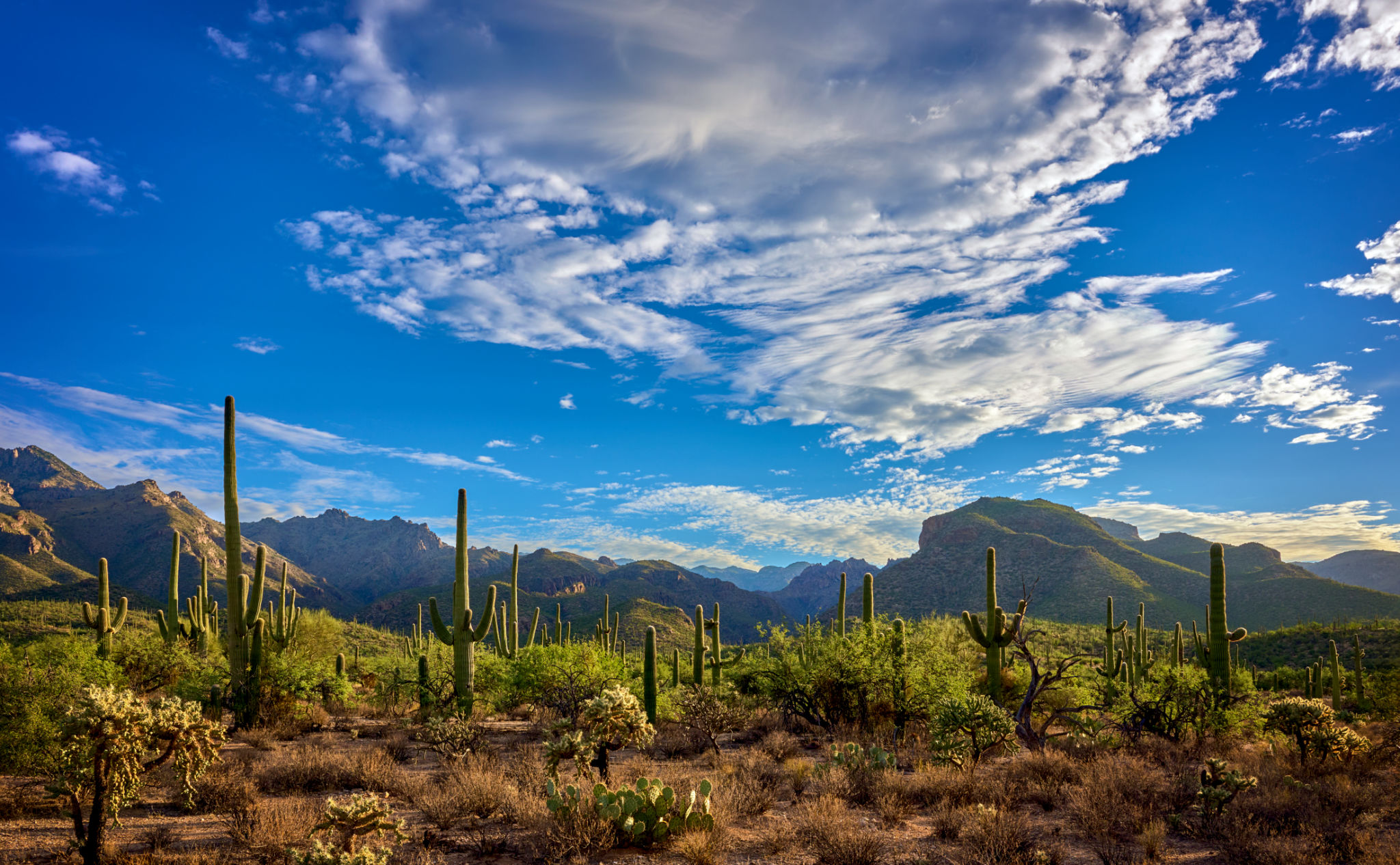Seasonal Care Guide: Preparing Olive Trees for the Arizona Summer
Understanding the Arizona Climate
Arizona is renowned for its scorching summers, where temperatures often soar above 100 degrees Fahrenheit. This extreme heat can pose a challenge for cultivating olive trees, which thrive in Mediterranean climates. However, with the right care and preparation, your olive trees can flourish even in this arid environment.

The key to successful olive tree cultivation in Arizona is understanding the unique climate and soil conditions. Olive trees are drought-tolerant but require specific care to withstand the intense sun and dry winds. By tailoring your practices to suit this environment, you can ensure your trees remain healthy and productive.
Watering Your Olive Trees
During the summer months, adequate watering is crucial for olive trees in Arizona. While these trees are drought-resistant, they still need regular watering to maintain their health. It's vital to water deeply but infrequently, allowing the soil to dry out between sessions. This encourages deeper root growth and helps the tree withstand heat stress.
Consider using a drip irrigation system to deliver water directly to the roots, minimizing evaporation and ensuring efficient water use. Aim to water in the early morning or late evening when temperatures are cooler to reduce water loss.
Signs of Water Stress
- Wilting leaves
- Yellowing foliage
- Stunted growth

Protecting Olive Trees from Sun Damage
The intense Arizona sun can cause damage to the bark and leaves of olive trees. To prevent this, consider applying a whitewash or tree wrap to the trunk. This reflects sunlight and helps maintain an even temperature, reducing the risk of sunburn.
Additionally, mulch around the base of your olive trees. A layer of organic mulch not only retains moisture but also insulates the soil, protecting roots from extreme heat. Choose materials like wood chips or straw for effective mulching.
Pruning for Health and Productivity
Pruning is an essential part of olive tree care, promoting healthy growth and improving air circulation. In Arizona, it's best to prune in late spring or early summer before the hottest months. Remove any dead or diseased branches and thin out dense areas to allow sunlight to penetrate the canopy.

Regular pruning helps prevent pest infestations and diseases, which can be exacerbated by the hot, dry climate. Remember to clean your tools before use to avoid spreading pathogens.
Monitoring for Pests and Diseases
Olive trees in Arizona are susceptible to certain pests and diseases due to the climate. Regular inspection is essential to catch problems early. Look for signs of common pests like olive fruit flies or scale insects and take appropriate action if needed.
If you notice any unusual spots on leaves or fruit, it could indicate a disease. Consult with a local extension office or specialist for advice on treatment options tailored to your specific situation.
Nutrient Management
Fertilizing olive trees during the growing season is crucial for maintaining their health and productivity. In Arizona, apply a balanced fertilizer in spring and again in mid-summer. Focus on nutrients that support root and foliage development, such as nitrogen and potassium.
Avoid over-fertilizing, as this can lead to excessive growth that is vulnerable to heat stress. Always follow the manufacturer's instructions when applying fertilizers.